Shiels Watch Cleaning and Care Guide

Buying a watch is a commitment to a functional and stylish timepiece that you can pass onto future generations, and that's why watch care is so important. While watches are built to withstand the rigours of everyday wear and tear, you can increase a timepiece's lifespan and functionality with proper care. Jump to a section below using the links or read on to find out all you need to know.
Overview:
- How To Take Care Of A Watch
- Watch Cleaning
- Care For Metal Bracelets
- Care For Leather Straps
- Care For Rubber Straps
- Power Cell Replacement
- Water Resistance
- Wearing Watches In The Shower
- Temperature Care
- Shock-Resistance
- Magnetic-Resistance
- Chemical/ Gas-Resistance
- Smart Watch Care - How to Clean a Smart Watch
- Read Your Manual
- Frequently Asked Questions
How To Take Care Of A Watch
It doesn't matter if you're looking to maintain a new watch or you're looking to take care of an old one, use our handy tips below to understand all you need to know about watch care and warranty. In order to serve you better, we have assembled the most common watch care issues.
How To Clean A Watch
A soft, lint-free cloth can be used to remove stains and water sports on the case, glass and band of your watch. This action can be completed every day to keep your watch in top condition. Every few months, you should also consider performing a deep clean of your watch. Over time, oil and dirt can accumulate in the links and the bracelet. This is why it's important to remove the bracelet from your watch and give it a thorough clean with warm water. Make sure that your watch is completely dry before you reassemble it.
Care For Metal Bracelets
Over time, dust and perspiration collect and become soiled if not cleaned regularly. The best way to clean a metal bracelet is by using a toothbrush with warm soapy water. Once the bracelet is cleaned, it is important to make sure that the soap is thoroughly rinsed with clear water and the bracelet dried completely.
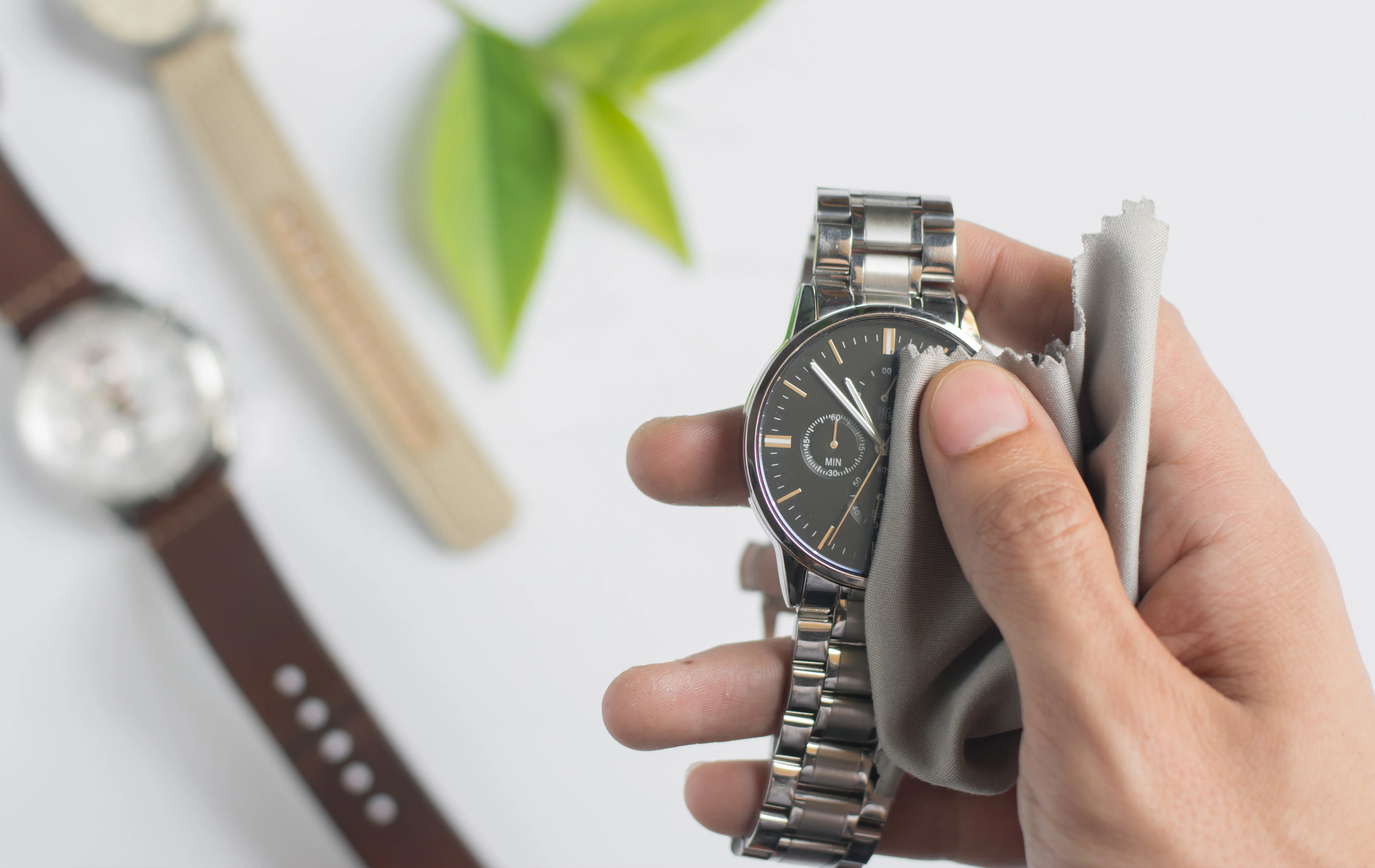
Care For Leather Straps
Over time, perspiration can wash out the natural oils of a leather strap and cause deterioration. Any moisture should be wiped away with a dry cloth or paper towel immediately. Soil and salt residue can be removed with a damp soft cloth or mild soap while occasionally the inside surface of the strap can be cleaned with alcohol. You should always wear your leather band loosely to allow air to circulate. This will cause any moisture to evaporate and ensure the longevity of your leather strap.
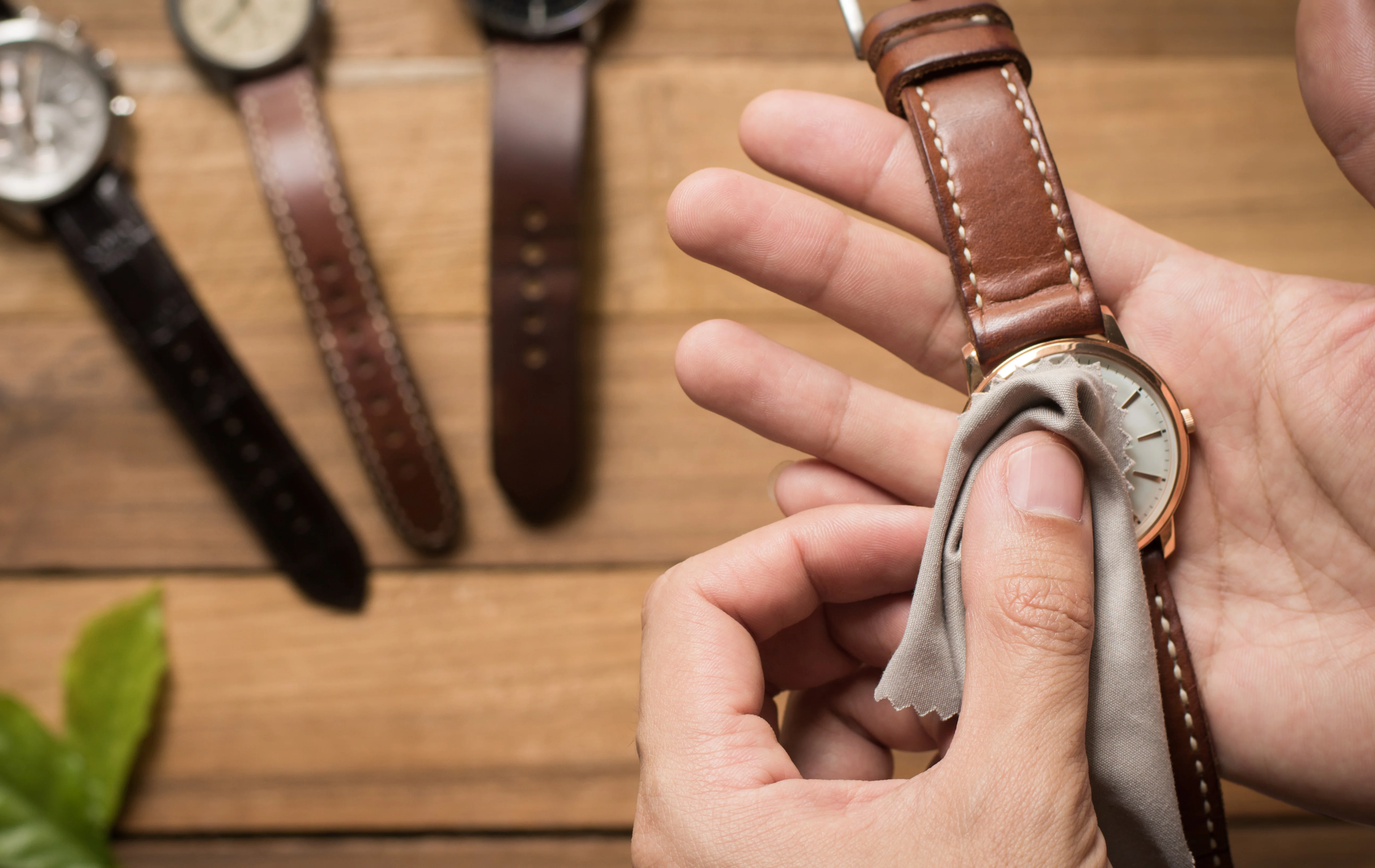
Care For Rubber Straps
Rubber straps can and should be washed frequently and cleaned with a mild soap and warm water using a soft brush. If the watch comes into contact with salt water, the same method can be performed to remove residue. Oils, perspiration, tanning location and salt can all cause a rubber strap to deteriorate over time.
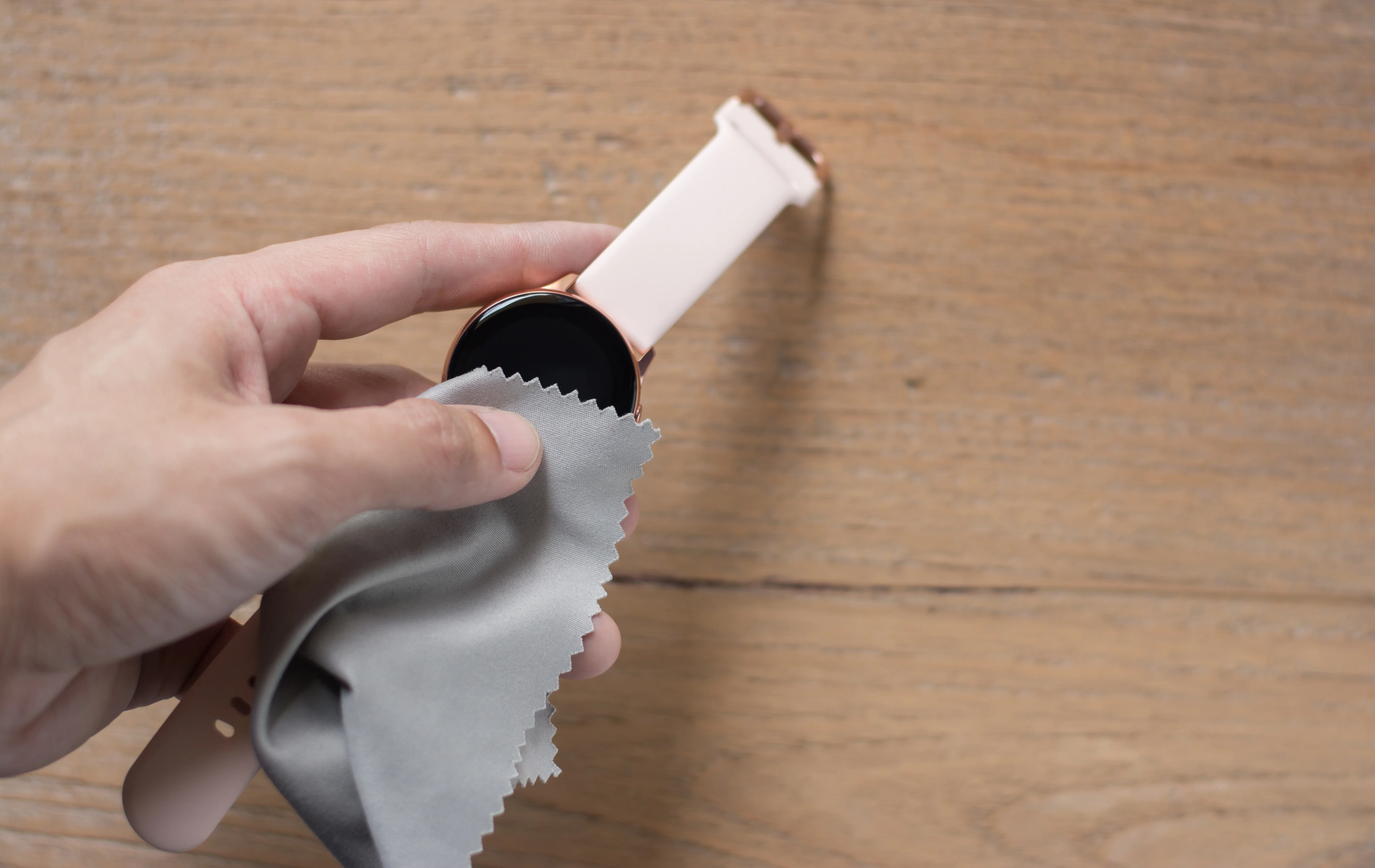
Power Cell Replacement
We recommend that you have the power cell replaced by an authorised service centre of your watch brand. For more information on this, visit your manufacturer's website. Opening your watch could cause damage to its inner workings and void your warranty.
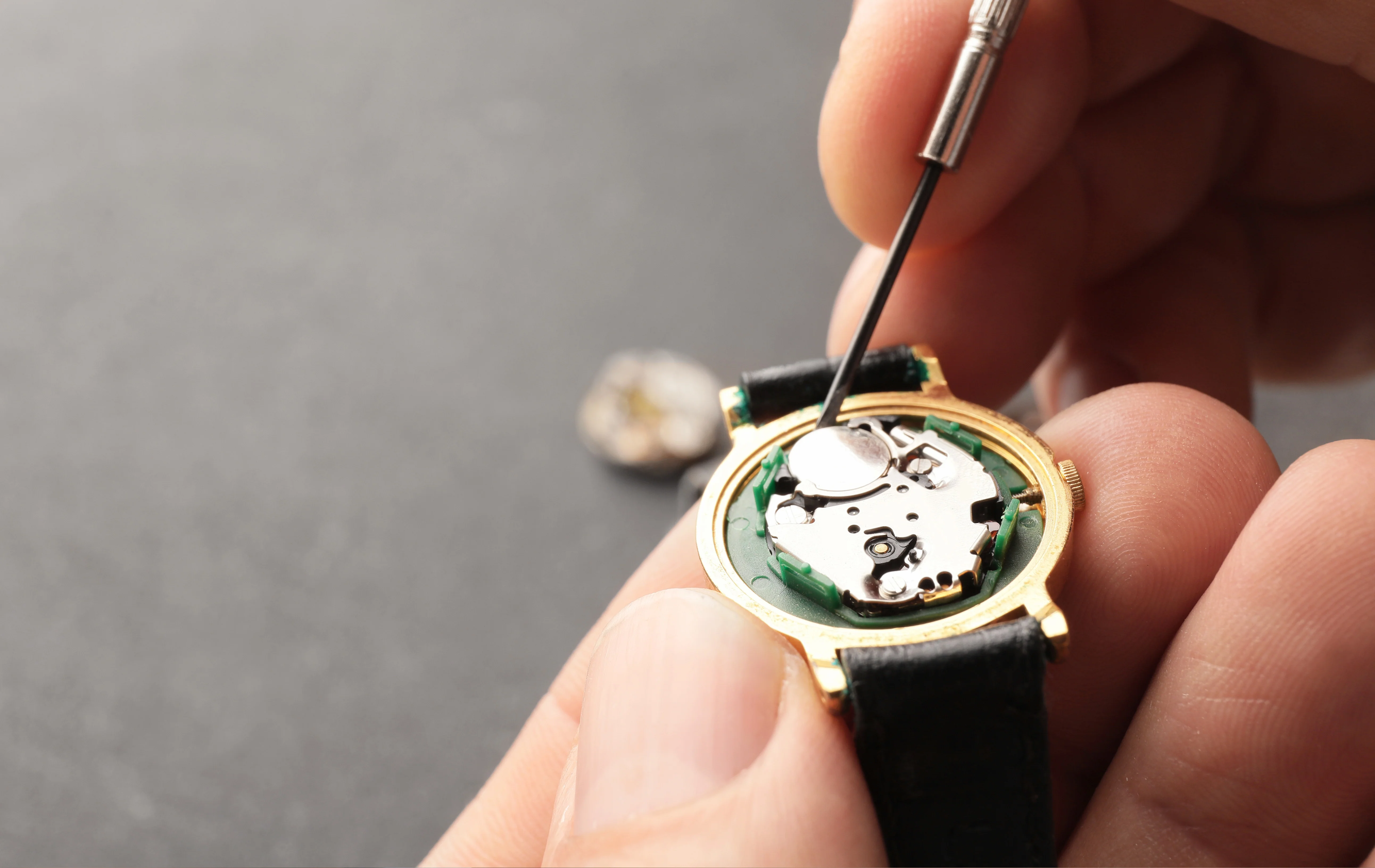
Understanding Watch Water Resistance
It is important to know and understand your watches water resistance. Please refer to the chart below or find out more information on our Water Resistant Watch Guide.
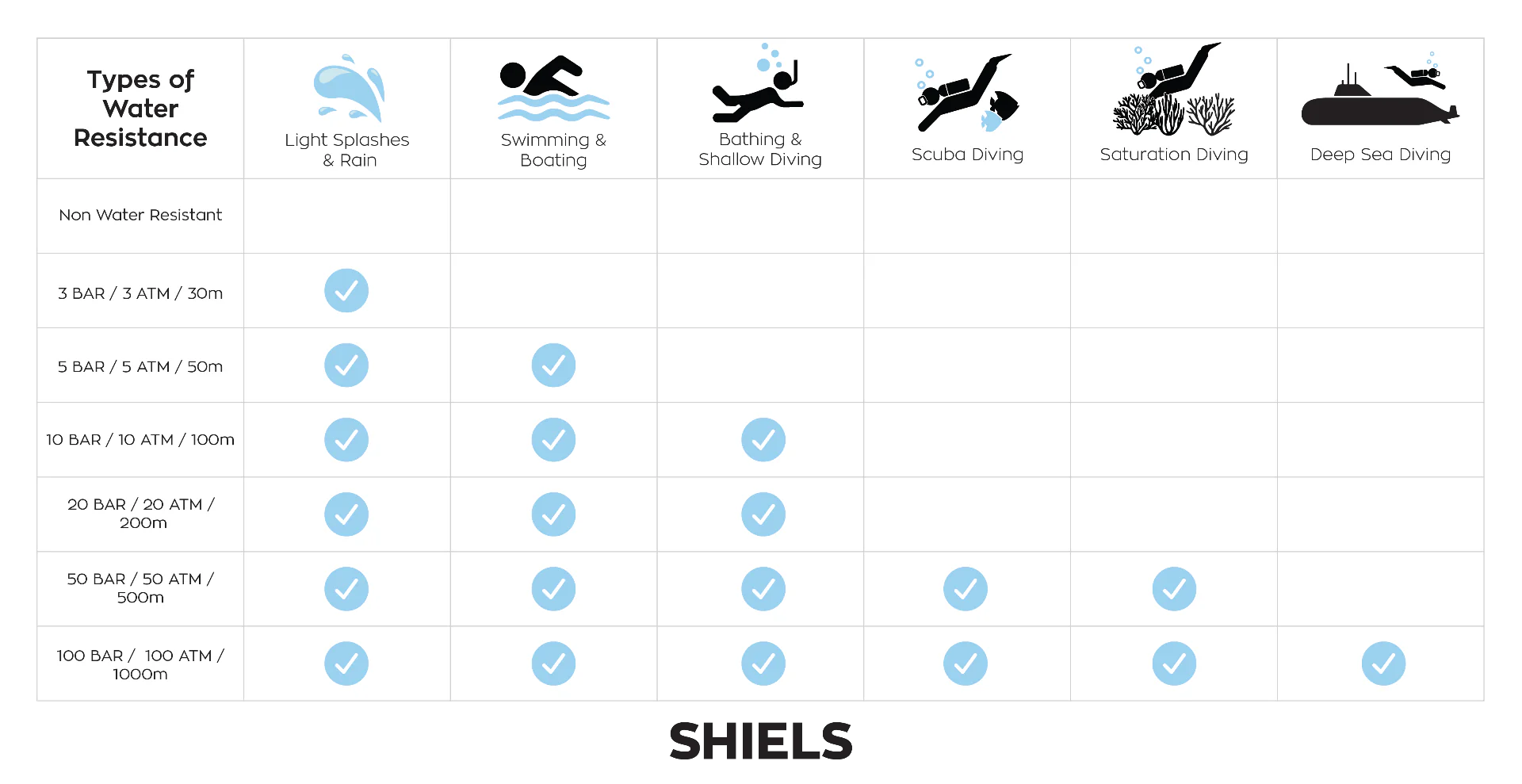
While your watch may be water resistant, it is always important to remember the following:
- Tighten the screw lock crown completely before entering the water and do not operate the crown while the watch is wet.
- If the watch is immersed in water, it is important that you dry it off immediately. If the watch touches salt water, please clean it using the steps outlined above.
- If moisture or water enters the case, take the watch to a watchmaker or jeweller immediately to prevent damage.
- Parts of the watch that are regularly in contact with water such as the crown, packing and other water resistant materials should be replaced every two years to ensure the longevity of your water resistant watch.
Wearing Watches In The Shower
You should never wear your watch in the shower. The combination of hot water and soap or shampoo can over time degrade the rubber gaskets that keep your watch's water resistance. This will reduce the water resistance rating of your watch over time and require more frequent watch services.
Watch Temperature Care
Do not leave your watch exposed to hot or cold places for long periods of time. This will shorten the lifespan of your power cell and cause a delay. Extreme heat may also cause the watch materials to expand. This will impact the water resistant nature of your watch and void your warranty.
Shock Resistance
While timepieces like G-Shock watches and Baby-G watches are shock-resistant to a high degree, it is recommended that you avoid severe shocks such as dropping your watch from a high or hard surface.
Magnetic-Resistance
Problems should not occur when using your watch around normal household appliances, however, it is recommended that you avoid magnets. If your watch slows down or stops after magnet exposure, take it to an expert repair or service person. Please note that products altered, tempered or repaired by a third party other than Shiels voids warranty.
Chemical / Gas-Resistance
Please do not expose your watch to chemicals and/ or gases for long periods of time. Over time, chemicals and gases such as cleaning supplies, colognes or perfumes can build up in tiny creases and crevices. If your watch has a leather band, these substances can weaken the leather. If your watch is exposed to any of these substances, please follow the above cleaning steps to maintain your watch.
Smart Watch Care - How to Clean a Smart Watch
To maintain your smart watch's functionality and appearance, follow these steps:
First, turn off the watch and disconnect it from chargers. Remove the band for easier cleaning. Use a microfiber cloth to wipe the watch face. If the watch is water-resistant, lightly dampen a cloth with mild soap and water, avoiding openings. Use cotton swabs for tight spots.
For silicone bands, wash with soap and water, then rinse and dry thoroughly. For leather bands, wipe with a damp cloth and condition occasionally. Clean metal bands with a damp cloth, or a soft brush with soap and water, then rinse and dry completely.
Ensure all parts are dry before reassembling. Give the watch a final wipe with a dry microfiber cloth.
Clean your smart watch regularly, avoid harsh chemicals, and follow manufacturer guidelines to keep your device hygienic and functioning well.
Read Your Manual
This is the most important aspect of watch care. Whenever you purchase a new watch, you should always consult the manual to find out how to take care of your watch. If you don't have the original manual, a quick search online for your particular watch can help you find resources for your timepiece.
Visit our Terms & Conditions and Returns pages for more information.







